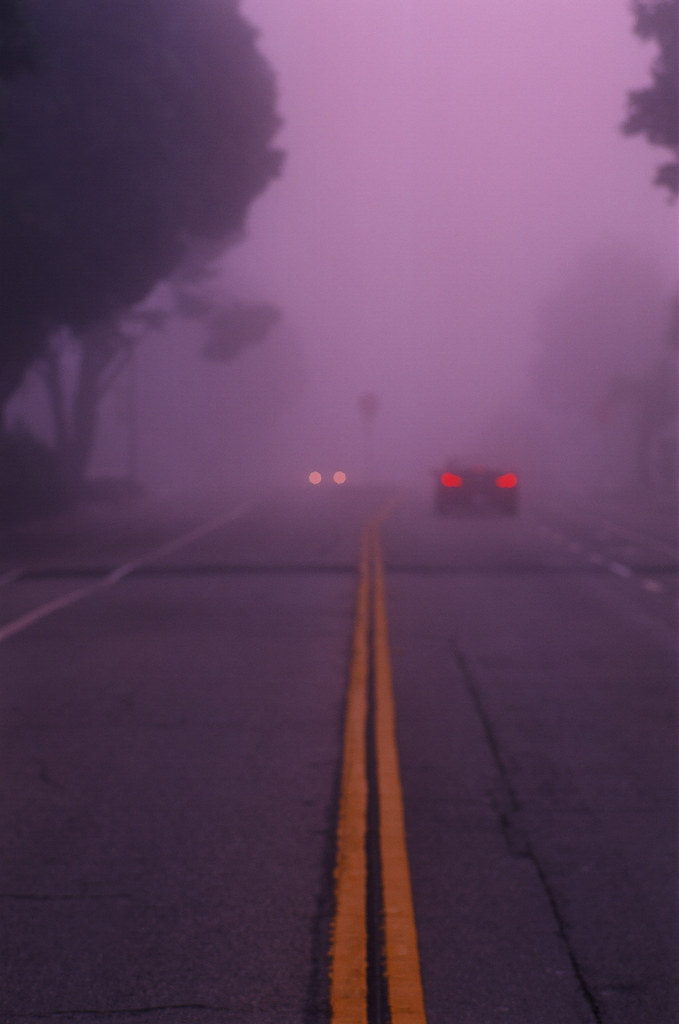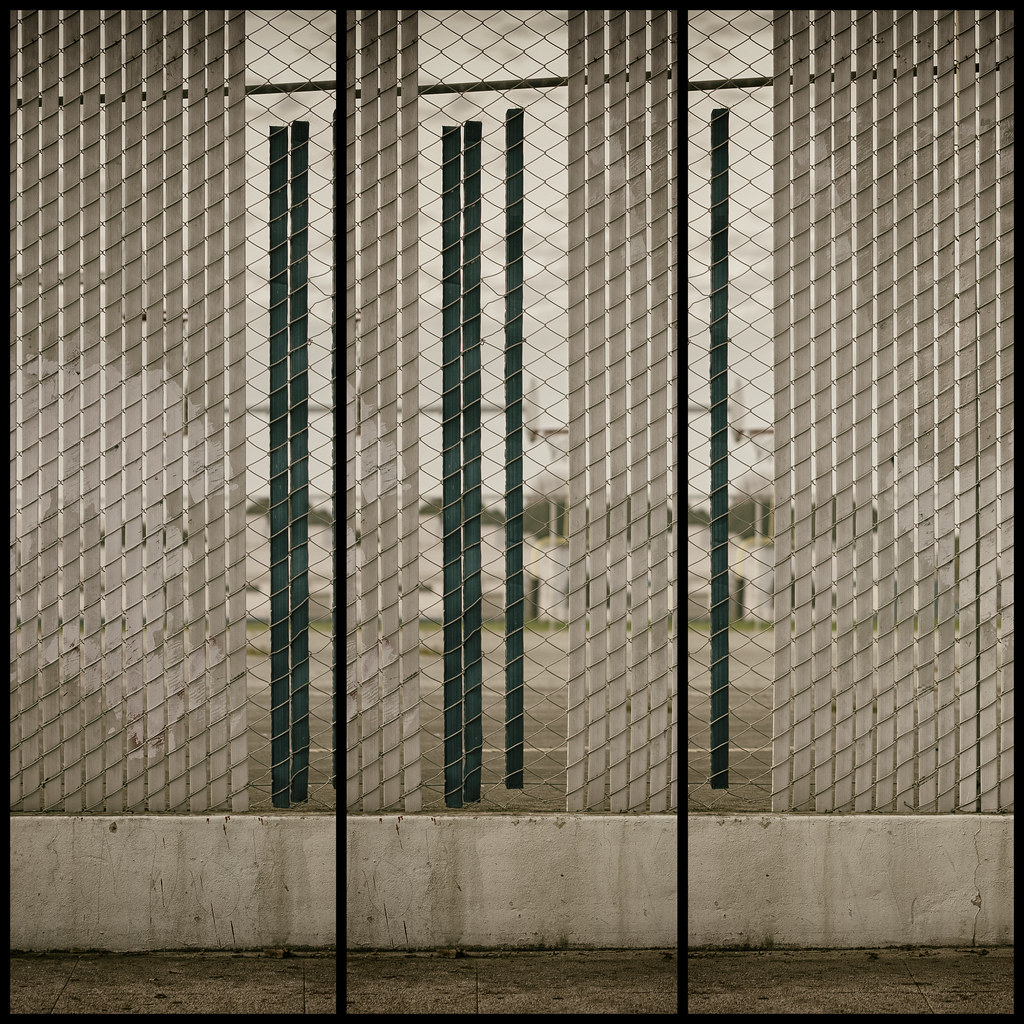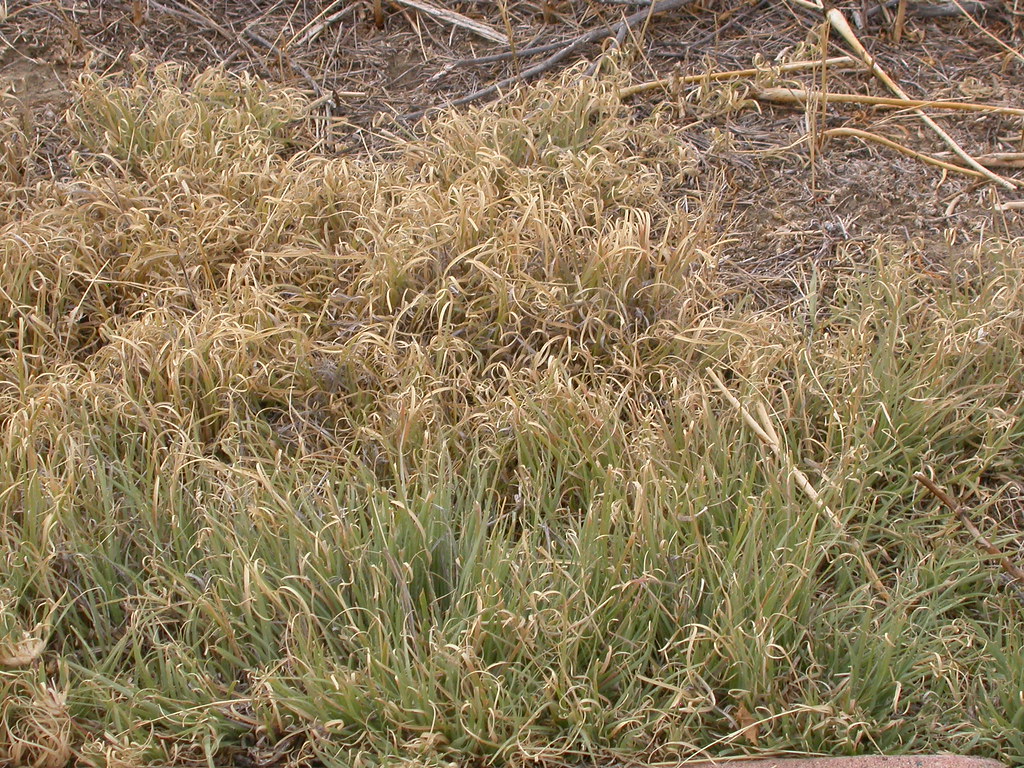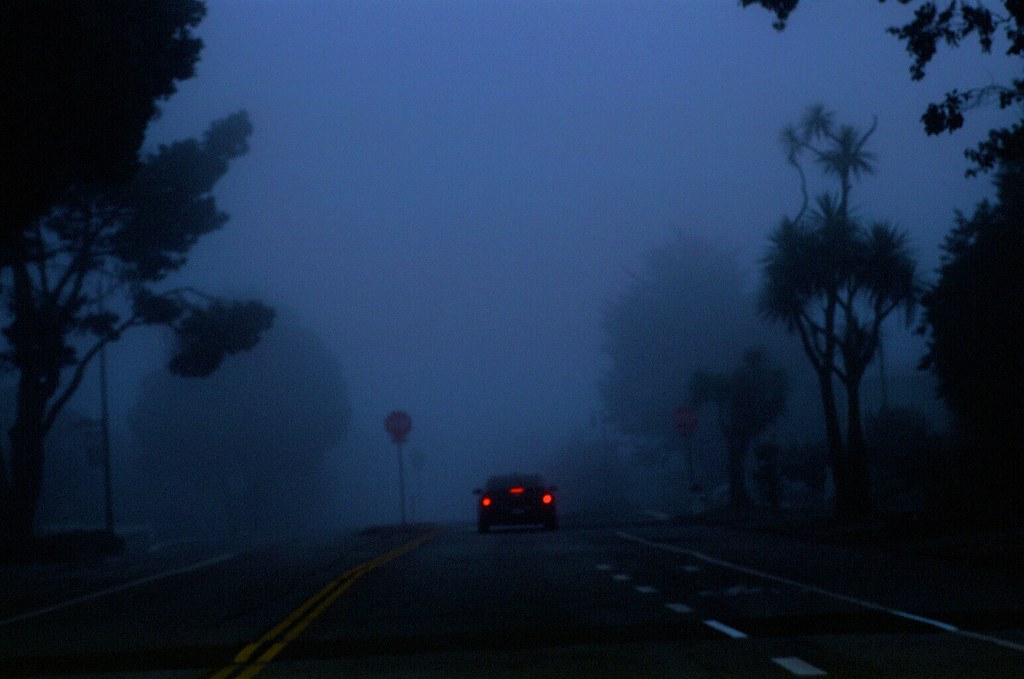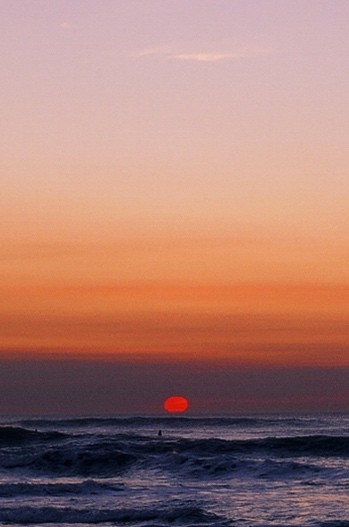.
![Untitled | by el zopilote]()
![Untitled | by el zopilote]()
![Untitled | by el zopilote]()
Untitled: photo by Missy Prince, 19 November 2017
![Untitled | by Missy Prince]()
Untitled: photo by Missy Prince, 19 November 2017
![Untitled | by Missy Prince]()
![SF | by ADMurr]()
![Untitled | by Dominic Bugatto]()
Untitled [Gerrard St. E, Riverdale, Toronto]: photo by Dominic Bugatto, 2 January 2018
![Untitled | by el zopilote]()
![Untitled | by el zopilote]()
West Mesa, Albuquerque, New Mexico: photo by Jorge Guadalupe Lizárraga, 1 January 2018
![Untitled | by el zopilote]()

Rio Grande Bosque | Sandoval County, New Mexico: photo by Jorge Guadalupe Lizárraga, 1 January 2018

Rio Grande Bosque | Sandoval County, New Mexico: photo by Jorge Guadalupe Lizárraga, 1 January 2018

Rio Grande Bosque | Sandoval County, New Mexico: photo by Jorge Guadalupe Lizárraga, 1 January 2018
![Untitled | by Missy Prince]()
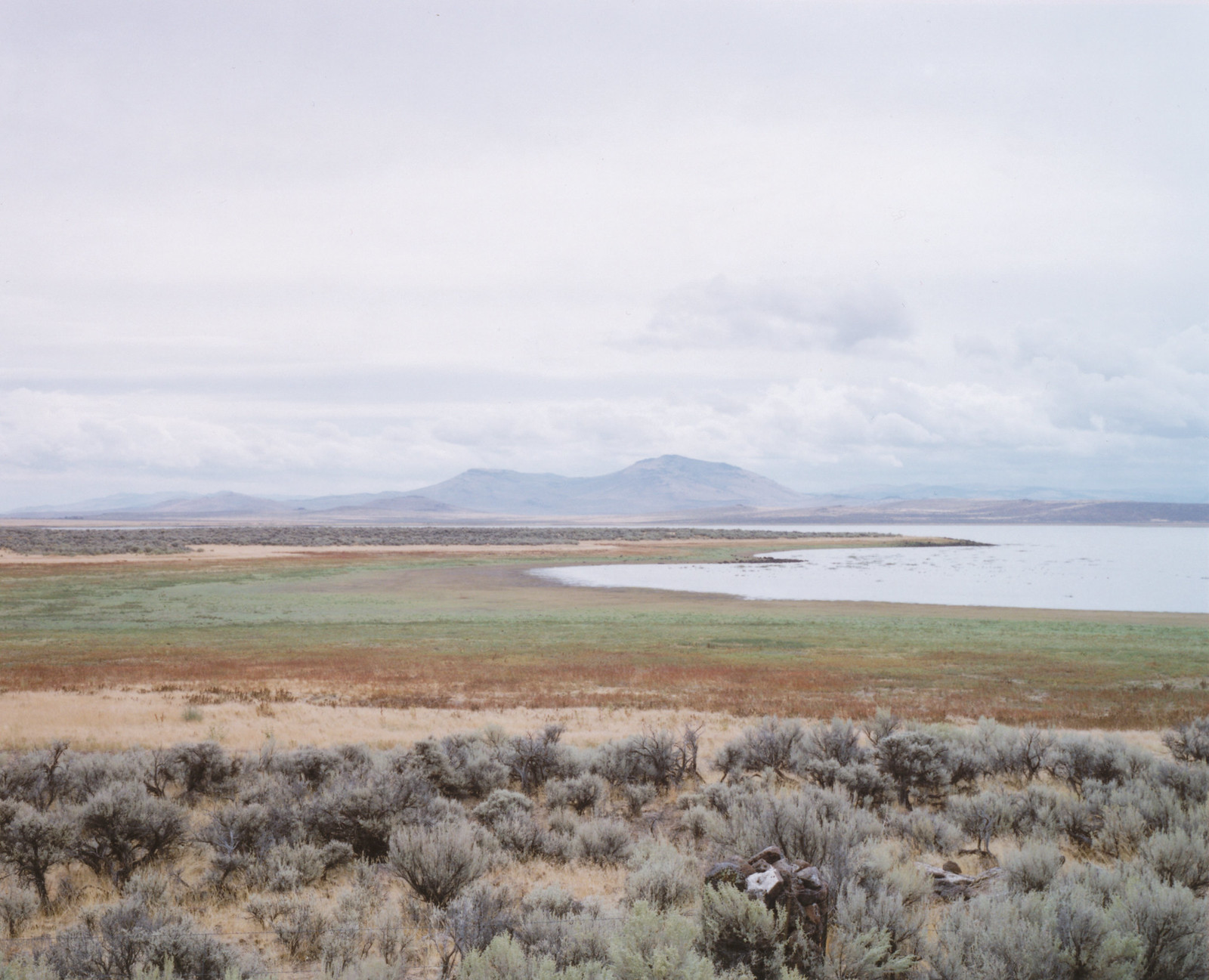
Untitled: photo by Missy Prince, 19 November 2017

Untitled: photo by Missy Prince, 19 November 2017

Untitled: photo by Missy Prince, 19 November 2017
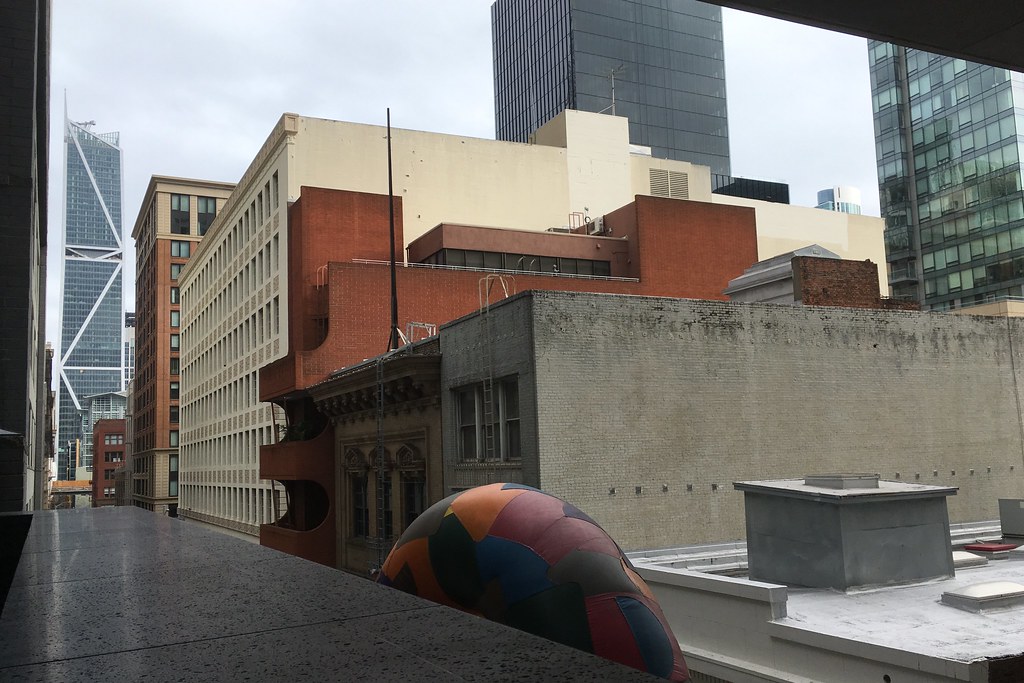
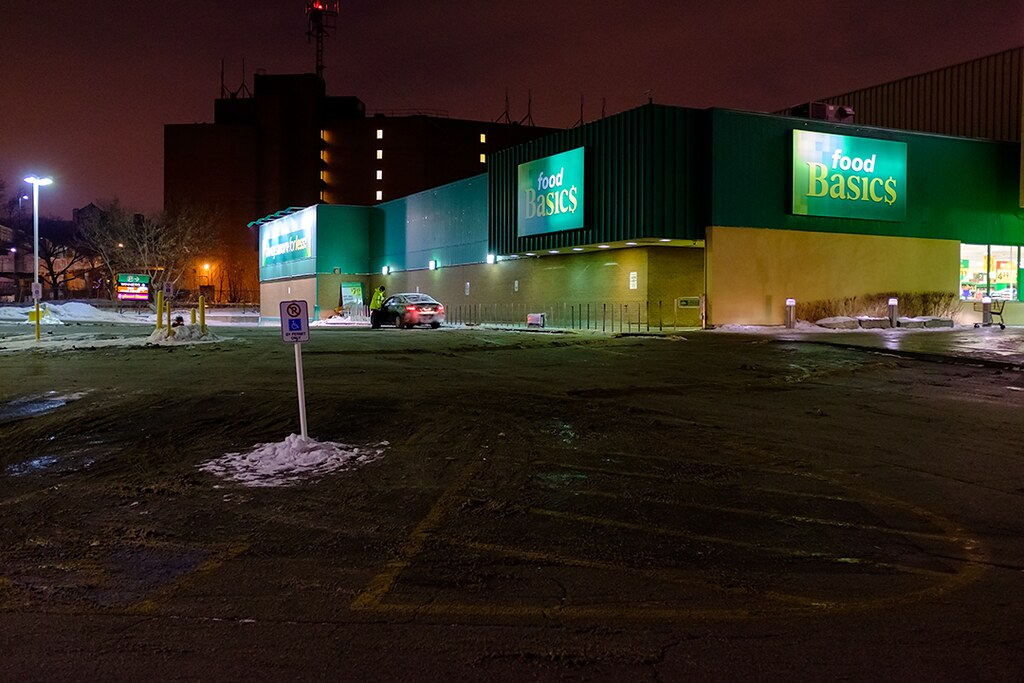
Untitled [Gerrard St. E, Riverdale, Toronto]: photo by Dominic Bugatto, 2 January 2018
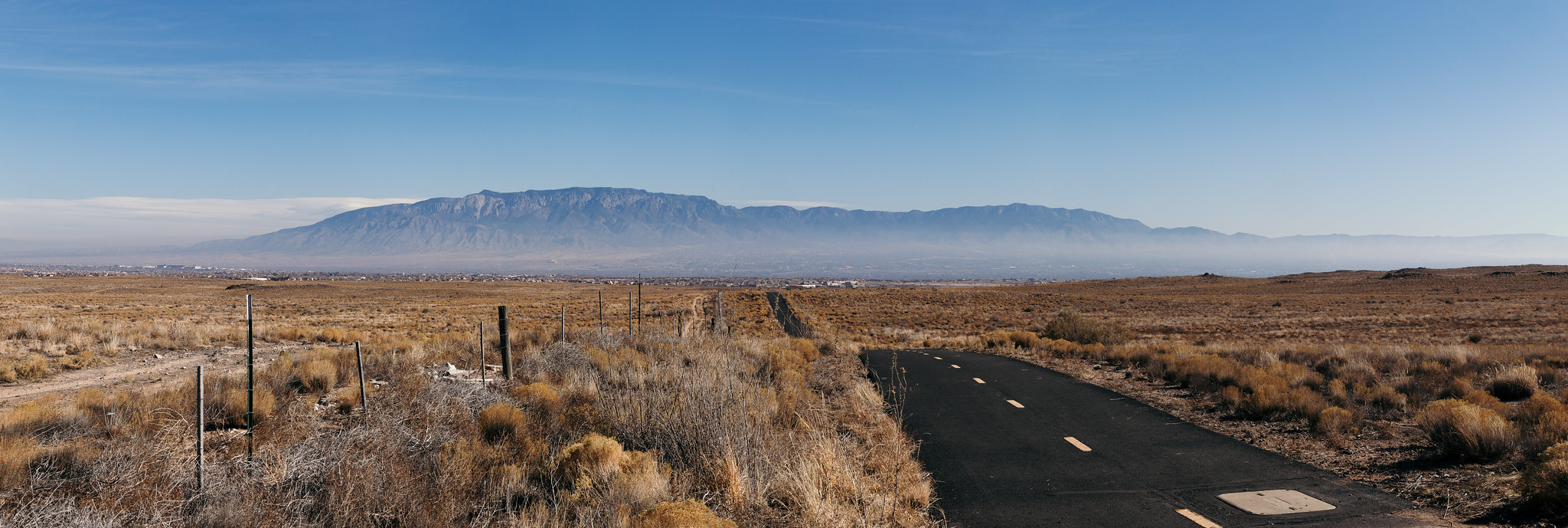
West Mesa, Albuquerque, New Mexico: photo by Jorge Guadalupe Lizárraga, 1 January 2018

West Mesa, Albuquerque, New Mexico: photo by Jorge Guadalupe Lizárraga, 1 January 2018

West Mesa, Albuquerque, New Mexico: photo by Jorge Guadalupe Lizárraga, 1 January 2018
![]()
Willows in Giverny: Claude Monet, 1886, oil on canvas, 74 x 93 cm (Konstmuseum, Gothenburg)
And we are all there together
Edward Dorn (1929-1999): If It Should Ever Come, from The Newly Fallen (1961)
![Untitled | by el zopilote]()
![Untitled | by el zopilote]()
Rio Grande Bosque | Sandoval County, New Mexico: photo by Jorge Guadalupe Lizárraga, December 2017
![Untitled | by el zopilote]()
![Untitled | by el zopilote]()
Rio Grande Bosque | Sandoval County, New Mexico: photo by Jorge Guadalupe Lizárraga, December 2017
![Untitled | by el zopilote]()
Rio Grande Bosque | Sandoval County, New Mexico: photo by Jorge Guadalupe Lizárraga, December 2017
![Untitled | by el zopilote]()
Rio Grande Bosque | Sandoval County, New Mexico: photo by Jorge Guadalupe Lizárraga, December 2017
![]()
Example of one species of tall grass, Big Bluestem, making a comeback in overgrazed pasture near Troy, Kansas, in Doniphan County in the extreme northeast corner of the state. Conservationists say this area Is unique because it contains the only hardwood forest in Kansas in addition to tallgrass prairie. September 1974
The big bluestem has roots six feet deep.
Indian grass grows with the bluestem;
switchgrass also ripples there in the wind.
Going west you get less rain:
the little bluestem grows waist high, and so does
the side oats grama, and the bearded needlegrass.
Further west, the short grass of the Plains grows:
the blue grama, knee high; and the buffalo
grass, which grows up to the ankles.
![]()
Remnant of the tallgrass prairie which once flourished in the northeast corner of Kansas is seen overlooking the Missouri River from a bluff near White Cloud and Troy, Kansas, in Doniphan County. This area of the state Is unique because it contains the only hardwood forest in Kansas in addition to tallgrass prairie. September 1974
![]()
Ron Mckinney, 22, whose Indian name Is Mahkuk, is standing in a virgin tallgrass prairie area near White Cloud and Troy, Kansas in Doniphan County in the extreme northeast corner of the state. The Young Man, a Potawatomie-Kickapoo, lives near White Cloud, which was named for the last great chief of the Iowa Indian tribe. The Indians were given the area land by treaty in 1836. The small town Is located at the edge of the Iowa-Sac-Fox Indian Reservation. October 1974
![]()
Flocks of Blue Geese stop at the Squaw Creek National Wildlife Refuge near Mound City, Missouri, at the northwest corner of the state. The Refuge covers approximately 6,000 acres and a major stopover on the Mississippi flyway for migrating shore birds. October 1974
![]()
Flocks of migrating Blue Geese and Snow Geese Stop at the Squaw Creek National Wildlife Refuge near Mound City, Missouri, at the northwest corner of the state. October 1974
![]()
Cornfield that formerly was open tallgrass prairie near White Cloud and Troy in Doniphan County, Kansas, in the northeast corner of the state. The wave of pioneers cleared the native grasses and planted crops in the fertile soil. As a result only isolated patches of native tallgrass prairie survive. There Is a bill in Congress which would make an area of Kansas a Tallgrass Prairie National Park, but it has been stalled in committee for several years. October 1974
![]()
Closeup of tall grasses being taken over by forest and sumac, near White Cloud and Troy in northeastern Kansas. A wave of pioneers cleared the native grasses and planted crops in the fertile soil. As a result only isolated patches of native tallgrass prairie survive. October 1974
![]()
Rusted iron hand pump on land which used to be covered by tallgrass prairie in Johnson County, Kansas, near Kansas City. The wave of pioneer farmers cleared the native grasses and planted crops in the fertile soil. As a result only isolated patches of native tallgrass prairie survive. September 1974 ![]()
Abandoned house and rusted iron hand pump on land which used to be covered by tallgrass prairie in Johnson County, Kansas, near Kansas City. The wave of pioneer farmers cleared the native grasses and planted crops in the fertile soil. As a result only isolated patches of native tallgrass prairie survive. September 1974
![]()
Former prairie which Is now farmland in Waubaunsee County Kansas, near Manhattan, in the heart of the Flint Hills region. The county Is one of the sites under consideration for a Tallgrass Prairie National Park. There Is a bill in Congress for such a park, but It faces opposition and has not yet been reported out from committee. January 1975
![]()
Former prairie which Is now farmland in Waubaunsee County Kansas, near Manhattan, in the heart of the Flint Hills region. The county Is one of the sites under consideration for a Tallgrass Prairie National Park. There Is a bill in Congress for such a park, but It faces opposition and has not yet been reported out from committee. January 1975
![]()
A prairie cemetery in Wabaunsee County, Kansas, near Manhattan, in the heart of the Flint Hills region. Cemeteries are very good places to find the original plants of the tallgrass prairie. January 1975
![]()
A prairie cemetery with tall grass growing along the fence in Wabaunsee County Kansas, near Manhattan, in the heart of the Flint Hills region. January 1975
![]()
Sunset view of a horse in pastureland that once was tallgrass prairie in Wabaunsee County Kansas, near Manhattan, in the heart of the Flint Hills region. January 1975
![]()
Santa Fe Railroad engine on the tracks in Johnson County Kansas, near Kansas City. Tallgrass prairie Is seen in the foreground. The tracks follow the Kansas River along the general route of the early explorers who made trails through the area. Much of the state was tallgrass prairie before the wave of settlers in the last century. February 1975
![]()
The Konza Prairie near Manhattan, Kansas. It represents 1,000 acres of virgin tallgrass prairie given to Kansas State University by Katharine Ordway of New York City and Weston, Connecticut through the Nature Conservancy. The prairie Is used primarily for research and Is maintained by periodic burning because there are no large grazing animals on It. August 1974
![]()
A view of a portion of Konza Prairie, 1,000 Acres of virgin tallgrass prairie near Manhattan, Kansas. Although the picture was taken in August during a summer of extreme drought, the prairie remains green because Its grass roots grow so deep. The native tall grasses retain 18 times the moisture of cultivated grasses such as wheat, corn and bluegrass. One acre of native tallgrass releases the same amount of moisture as a 70-ton air conditioner. Baldwin's Ironweed, seen in the foreground, Is a common tallgrass prairie plant. August 1974
![]()
Closeup of Baldwin's Ironweed, a common tallgrass prairie plant seen on the Konza Prairie, 1,000 Acres of virgin tallgrass prairie near Manhattan, Kansas. Although the picture was taken in August during a summer of extreme drought, the prairie remains green because Its grass roots grow so deep. One acre of native tallgrass releases the same amount of moisture as a 70-ton air conditioner. August 1974
![]()
View of tallgrass prairie plants seen on the Konza Prairie. August 1974
![]()
View of the Konza Prairie, 1,000 acres of virgin tallgrass prairie near Manhattan, Kansas, in the winter. The mood and look of the prairie changes drastically from season to season. February 1975
![]()
View of the Konza Prairie, 1,000 acres of virgin tallgrass prairie near Manhattan, Kansas, in the winter. The mood and look of the prairie changes drastically from season to season. February 1975
![]()
View of the Konza Prairie, 1,000 acres of virgin tallgrass prairie near Manhattan, Kansas, in the winter. The mood and look of the prairie changes drastically from season to season. February 1975
![]()
View of the Konza Prairie, 1,000 acres of virgin tallgrass prairie near Manhattan, Kansas, in the winter. The mood and look of the prairie changes drastically from season to season. February 1975
![]()
View of the Konza Prairie, 1,000 acres of virgin tallgrass Prairie near Manhattan, Kansas, in the winter, showing a typical overcast sky. In the foreground Is Indian Grass, a major prairie tallgrass. February 1975
![]()
Tall grasses in winter covered by ice and snow at Lake Quivira, Kansas, near Kansas City. This is a transition area in which the grasses are being crowded out by forest. February 1975
![]()
Closeup of tall grass, Big Bluestem, covered with winter ice and snow at Lake Quivira, Kansas, near Kansas City. Such vegetation makes excellent cover for wildlife. February 1975
![]()
Closeup of tall grass, Big Bluestem, covered with winter ice and snow at Lake Quivira, Kansas, near Kansas City. Such vegetation makes excellent cover for wildlife. February 1975
![Untitled | by Yuro73]()
![Untitled | by Yuro73]()
![Untitled | by Yuro73]()
![Deep in it one morning | by Robert Ogilvie]()
![Backyard bus | by ADMurr]()
Backyard bus: photo by Andrew Murr, 4 January 2018
![California Daily Life]() Two surfers wait for a wave in the Pacific Ocean at Sunset Beach in Pacific Palisades, Calif., Thursday, Jan. 4, 2018.: photo by Jae C. Hong/AP, 4 January 2018
Two surfers wait for a wave in the Pacific Ocean at Sunset Beach in Pacific Palisades, Calif., Thursday, Jan. 4, 2018.: photo by Jae C. Hong/AP, 4 January 2018
![Untitled | by Yuro73]()
Untitled: photo by Yuro De Iuliis, 16 December 2017
![Untitled | by Yuro73]()
Untitled: photo by Yuro De Iuliis, 16 December 2017
![Untitled | by Yuro73]()
![Untitled | by Yuro73]()
![Untitled | by Yuro73]()
![Untitled | by Yuro73]()
Untitled: photo by Yuro De Iuliis, 16 December 2017

Willows in Giverny: Claude Monet, 1886, oil on canvas, 74 x 93 cm (Konstmuseum, Gothenburg)
Edward Dorn: If It Should Ever Come
And we are all there together
time will wave as willows do
and adios will be truly, yes,
laughing at what is forgotten
and talking of what's new
admiring the roses you brought.
How sad.
You didn't know you were at the end
thought it was your bright pear
the earth, yes
another affair to have been kept
and gazed back on
when you had slept
to have been stored
as a squirrel will a nut, and half
forgotten,
there were so many, many
from the newly fallen.
Edward Dorn (1929-1999): If It Should Ever Come, from The Newly Fallen (1961)
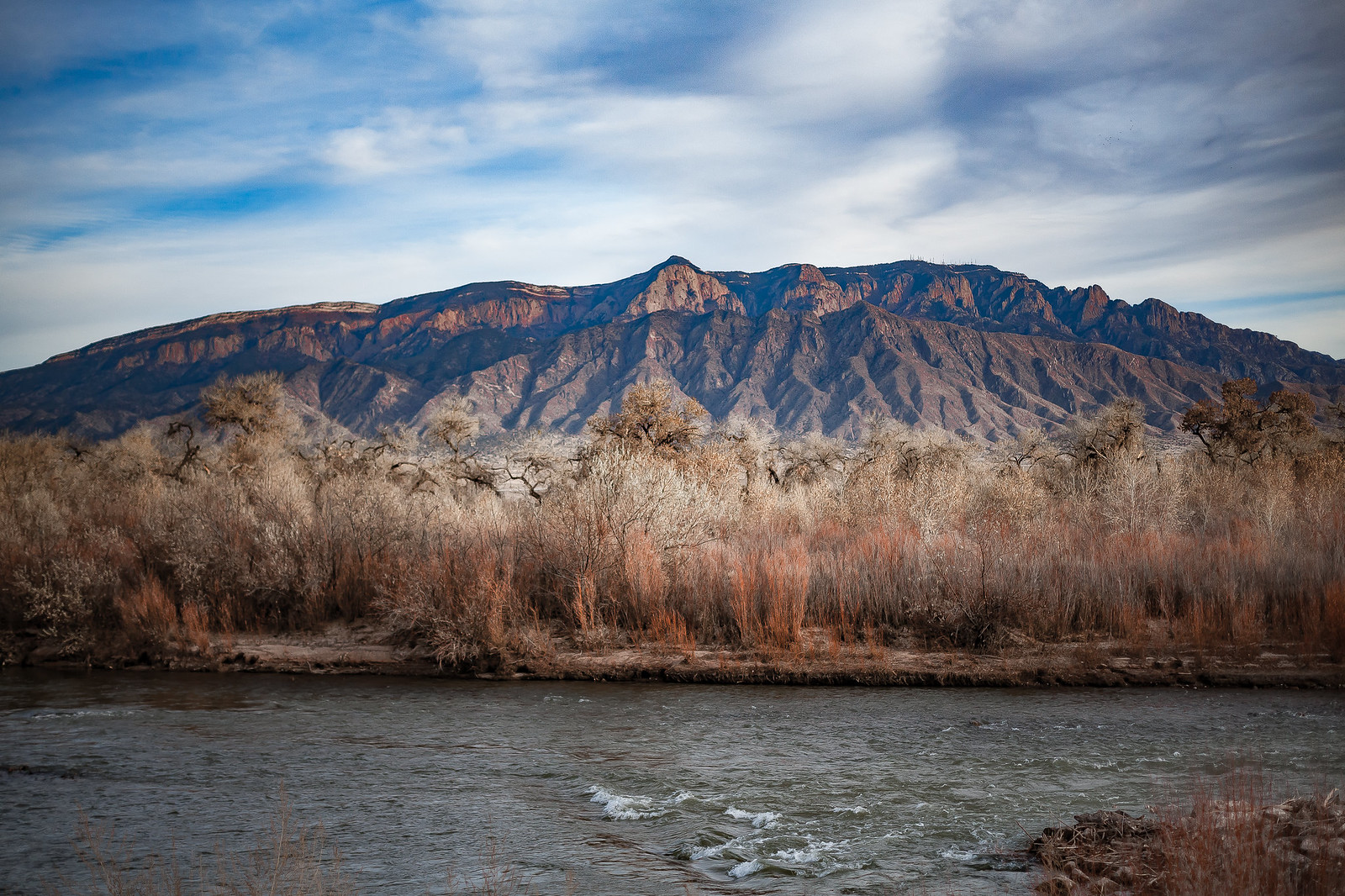

Rio Grande Bosque | Sandoval County, New Mexico: photo by Jorge Guadalupe Lizárraga, December 2017


Rio Grande Bosque | Sandoval County, New Mexico: photo by Jorge Guadalupe Lizárraga, December 2017

Rio Grande Bosque | Sandoval County, New Mexico: photo by Jorge Guadalupe Lizárraga, December 2017

Rio Grande Bosque | Sandoval County, New Mexico: photo by Jorge Guadalupe Lizárraga, December 2017
Grasses: AnElegy (1979)

Example of one species of tall grass, Big Bluestem, making a comeback in overgrazed pasture near Troy, Kansas, in Doniphan County in the extreme northeast corner of the state. Conservationists say this area Is unique because it contains the only hardwood forest in Kansas in addition to tallgrass prairie. September 1974
Indian grass grows with the bluestem;
switchgrass also ripples there in the wind.
Going west you get less rain:
the little bluestem grows waist high, and so does
the side oats grama, and the bearded needlegrass.
Further west, the short grass of the Plains grows:
the blue grama, knee high; and the buffalo
grass, which grows up to the ankles.
TC: Grasses, from A Short Guide to the High Plains (1981)

Remnant of the tallgrass prairie which once flourished in the northeast corner of Kansas is seen overlooking the Missouri River from a bluff near White Cloud and Troy, Kansas, in Doniphan County. This area of the state Is unique because it contains the only hardwood forest in Kansas in addition to tallgrass prairie. September 1974

Ron Mckinney, 22, whose Indian name Is Mahkuk, is standing in a virgin tallgrass prairie area near White Cloud and Troy, Kansas in Doniphan County in the extreme northeast corner of the state. The Young Man, a Potawatomie-Kickapoo, lives near White Cloud, which was named for the last great chief of the Iowa Indian tribe. The Indians were given the area land by treaty in 1836. The small town Is located at the edge of the Iowa-Sac-Fox Indian Reservation. October 1974

Flocks of Blue Geese stop at the Squaw Creek National Wildlife Refuge near Mound City, Missouri, at the northwest corner of the state. The Refuge covers approximately 6,000 acres and a major stopover on the Mississippi flyway for migrating shore birds. October 1974

Flocks of migrating Blue Geese and Snow Geese Stop at the Squaw Creek National Wildlife Refuge near Mound City, Missouri, at the northwest corner of the state. October 1974

Cornfield that formerly was open tallgrass prairie near White Cloud and Troy in Doniphan County, Kansas, in the northeast corner of the state. The wave of pioneers cleared the native grasses and planted crops in the fertile soil. As a result only isolated patches of native tallgrass prairie survive. There Is a bill in Congress which would make an area of Kansas a Tallgrass Prairie National Park, but it has been stalled in committee for several years. October 1974

Closeup of tall grasses being taken over by forest and sumac, near White Cloud and Troy in northeastern Kansas. A wave of pioneers cleared the native grasses and planted crops in the fertile soil. As a result only isolated patches of native tallgrass prairie survive. October 1974

Rusted iron hand pump on land which used to be covered by tallgrass prairie in Johnson County, Kansas, near Kansas City. The wave of pioneer farmers cleared the native grasses and planted crops in the fertile soil. As a result only isolated patches of native tallgrass prairie survive. September 1974

Abandoned house and rusted iron hand pump on land which used to be covered by tallgrass prairie in Johnson County, Kansas, near Kansas City. The wave of pioneer farmers cleared the native grasses and planted crops in the fertile soil. As a result only isolated patches of native tallgrass prairie survive. September 1974

Former prairie which Is now farmland in Waubaunsee County Kansas, near Manhattan, in the heart of the Flint Hills region. The county Is one of the sites under consideration for a Tallgrass Prairie National Park. There Is a bill in Congress for such a park, but It faces opposition and has not yet been reported out from committee. January 1975

Former prairie which Is now farmland in Waubaunsee County Kansas, near Manhattan, in the heart of the Flint Hills region. The county Is one of the sites under consideration for a Tallgrass Prairie National Park. There Is a bill in Congress for such a park, but It faces opposition and has not yet been reported out from committee. January 1975

A prairie cemetery in Wabaunsee County, Kansas, near Manhattan, in the heart of the Flint Hills region. Cemeteries are very good places to find the original plants of the tallgrass prairie. January 1975

A prairie cemetery with tall grass growing along the fence in Wabaunsee County Kansas, near Manhattan, in the heart of the Flint Hills region. January 1975

Sunset view of a horse in pastureland that once was tallgrass prairie in Wabaunsee County Kansas, near Manhattan, in the heart of the Flint Hills region. January 1975

Santa Fe Railroad engine on the tracks in Johnson County Kansas, near Kansas City. Tallgrass prairie Is seen in the foreground. The tracks follow the Kansas River along the general route of the early explorers who made trails through the area. Much of the state was tallgrass prairie before the wave of settlers in the last century. February 1975

The Konza Prairie near Manhattan, Kansas. It represents 1,000 acres of virgin tallgrass prairie given to Kansas State University by Katharine Ordway of New York City and Weston, Connecticut through the Nature Conservancy. The prairie Is used primarily for research and Is maintained by periodic burning because there are no large grazing animals on It. August 1974

A view of a portion of Konza Prairie, 1,000 Acres of virgin tallgrass prairie near Manhattan, Kansas. Although the picture was taken in August during a summer of extreme drought, the prairie remains green because Its grass roots grow so deep. The native tall grasses retain 18 times the moisture of cultivated grasses such as wheat, corn and bluegrass. One acre of native tallgrass releases the same amount of moisture as a 70-ton air conditioner. Baldwin's Ironweed, seen in the foreground, Is a common tallgrass prairie plant. August 1974

Closeup of Baldwin's Ironweed, a common tallgrass prairie plant seen on the Konza Prairie, 1,000 Acres of virgin tallgrass prairie near Manhattan, Kansas. Although the picture was taken in August during a summer of extreme drought, the prairie remains green because Its grass roots grow so deep. One acre of native tallgrass releases the same amount of moisture as a 70-ton air conditioner. August 1974

View of tallgrass prairie plants seen on the Konza Prairie. August 1974

View of the Konza Prairie, 1,000 acres of virgin tallgrass prairie near Manhattan, Kansas, in the winter. The mood and look of the prairie changes drastically from season to season. February 1975

View of the Konza Prairie, 1,000 acres of virgin tallgrass prairie near Manhattan, Kansas, in the winter. The mood and look of the prairie changes drastically from season to season. February 1975

View of the Konza Prairie, 1,000 acres of virgin tallgrass prairie near Manhattan, Kansas, in the winter. The mood and look of the prairie changes drastically from season to season. February 1975

View of the Konza Prairie, 1,000 acres of virgin tallgrass prairie near Manhattan, Kansas, in the winter. The mood and look of the prairie changes drastically from season to season. February 1975

View of the Konza Prairie, 1,000 acres of virgin tallgrass Prairie near Manhattan, Kansas, in the winter, showing a typical overcast sky. In the foreground Is Indian Grass, a major prairie tallgrass. February 1975

Tall grasses in winter covered by ice and snow at Lake Quivira, Kansas, near Kansas City. This is a transition area in which the grasses are being crowded out by forest. February 1975

Closeup of tall grass, Big Bluestem, covered with winter ice and snow at Lake Quivira, Kansas, near Kansas City. Such vegetation makes excellent cover for wildlife. February 1975

Closeup of tall grass, Big Bluestem, covered with winter ice and snow at Lake Quivira, Kansas, near Kansas City. Such vegetation makes excellent cover for wildlife. February 1975
Photos by Patricia D. Duncan (1932-) for the Environmental Protection Agency's DOCUMERICA Project(U.S. National Archives)
beyond the sea of grass another sea



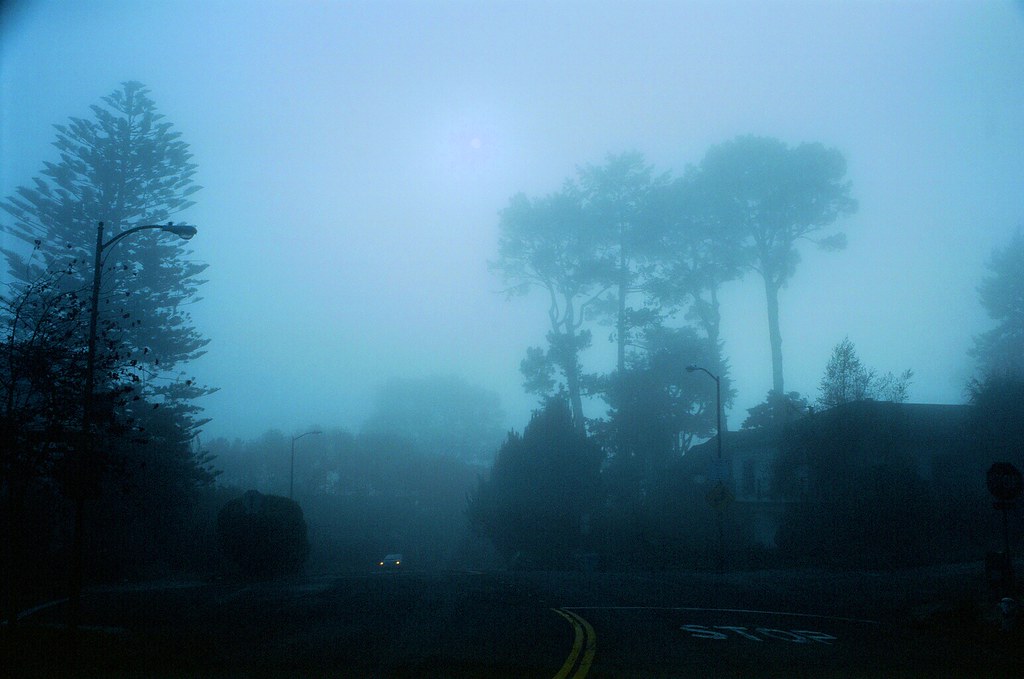
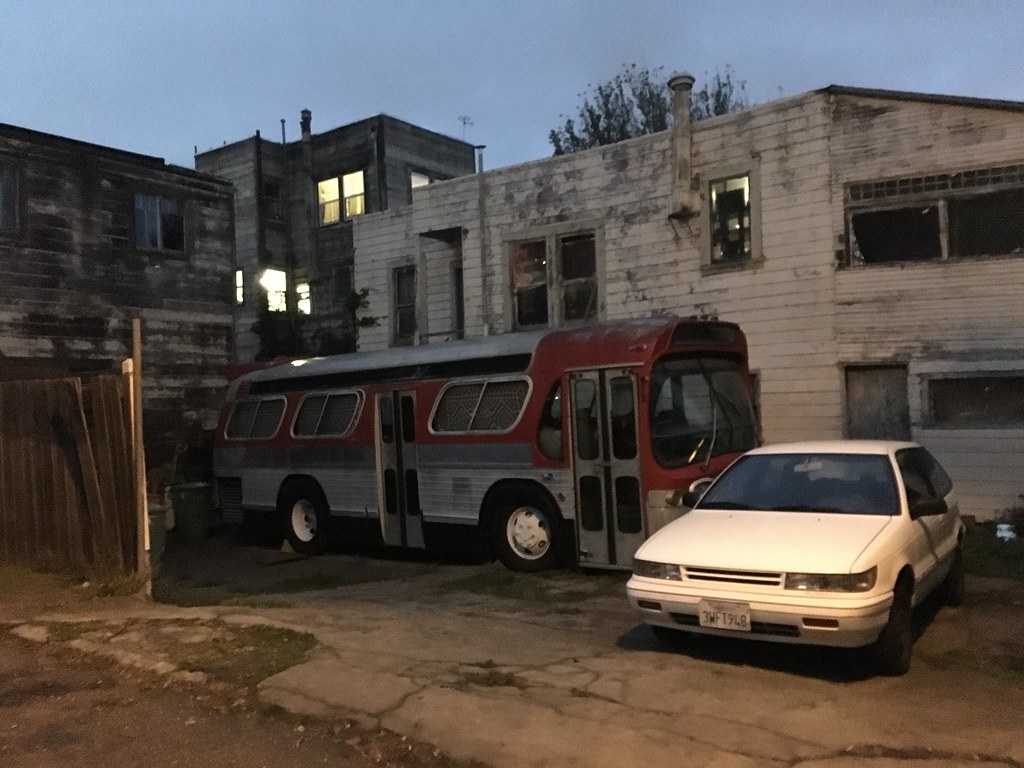
Backyard bus: photo by Andrew Murr, 4 January 2018
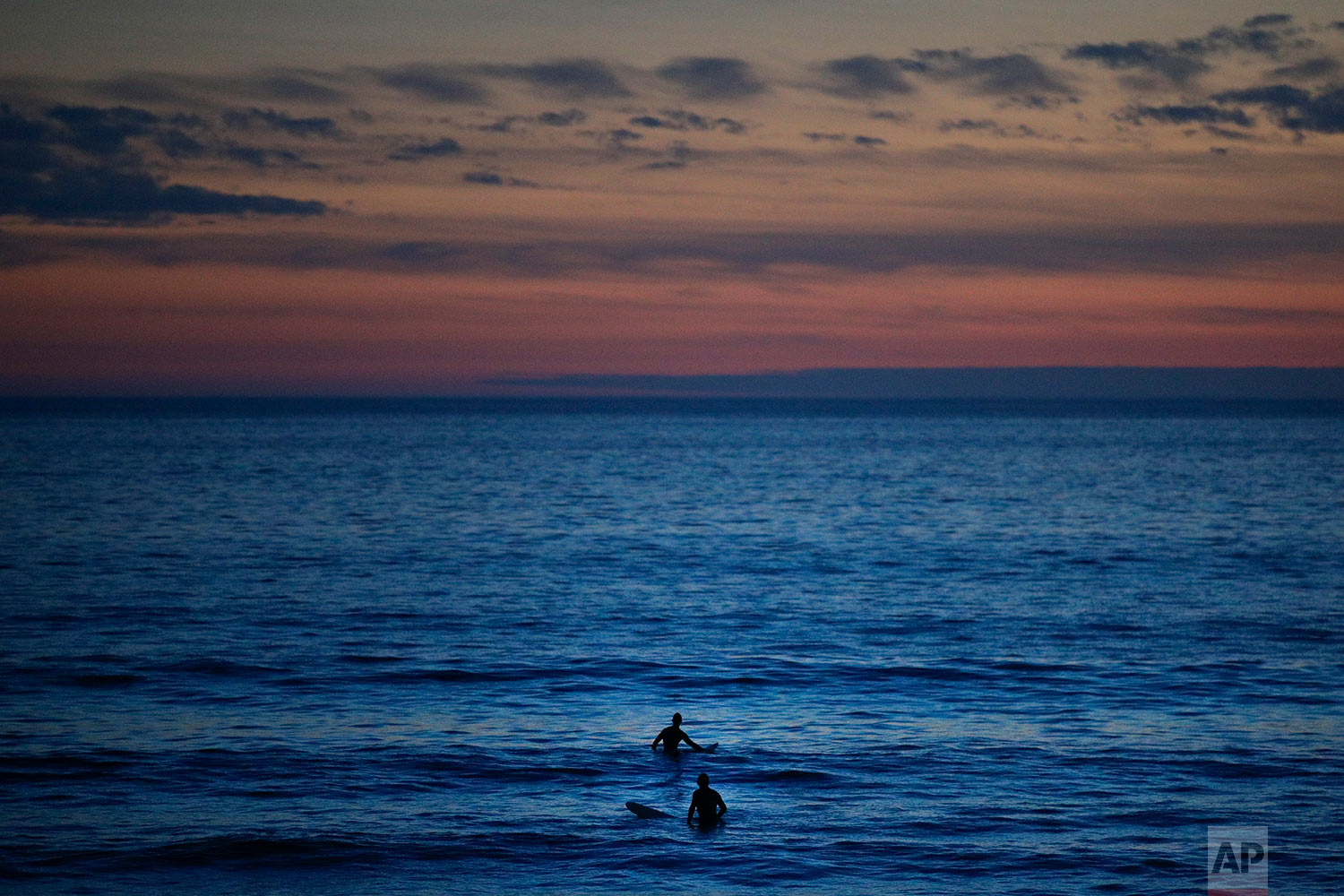
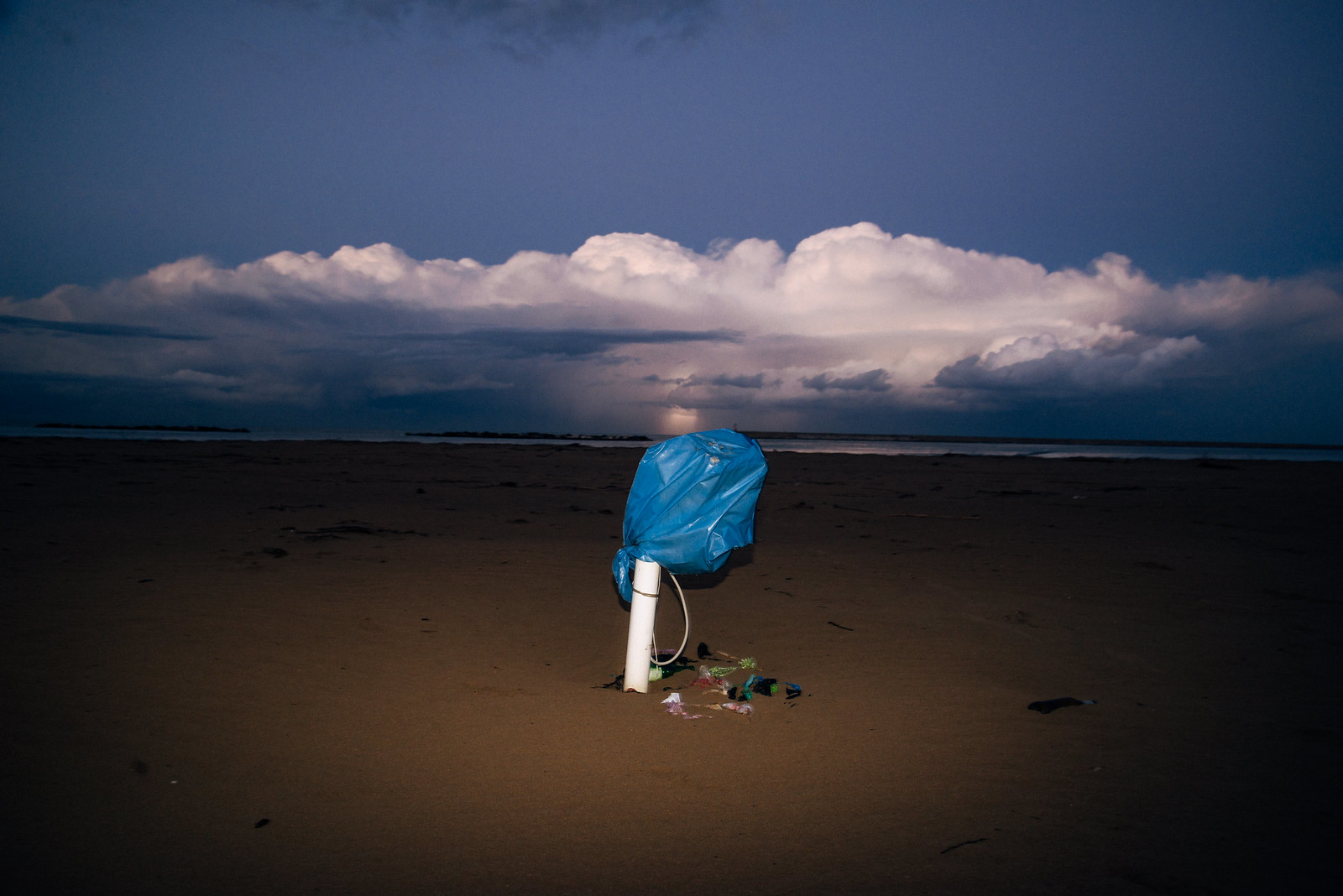
Untitled: photo by Yuro De Iuliis, 16 December 2017

Untitled: photo by Yuro De Iuliis, 16 December 2017

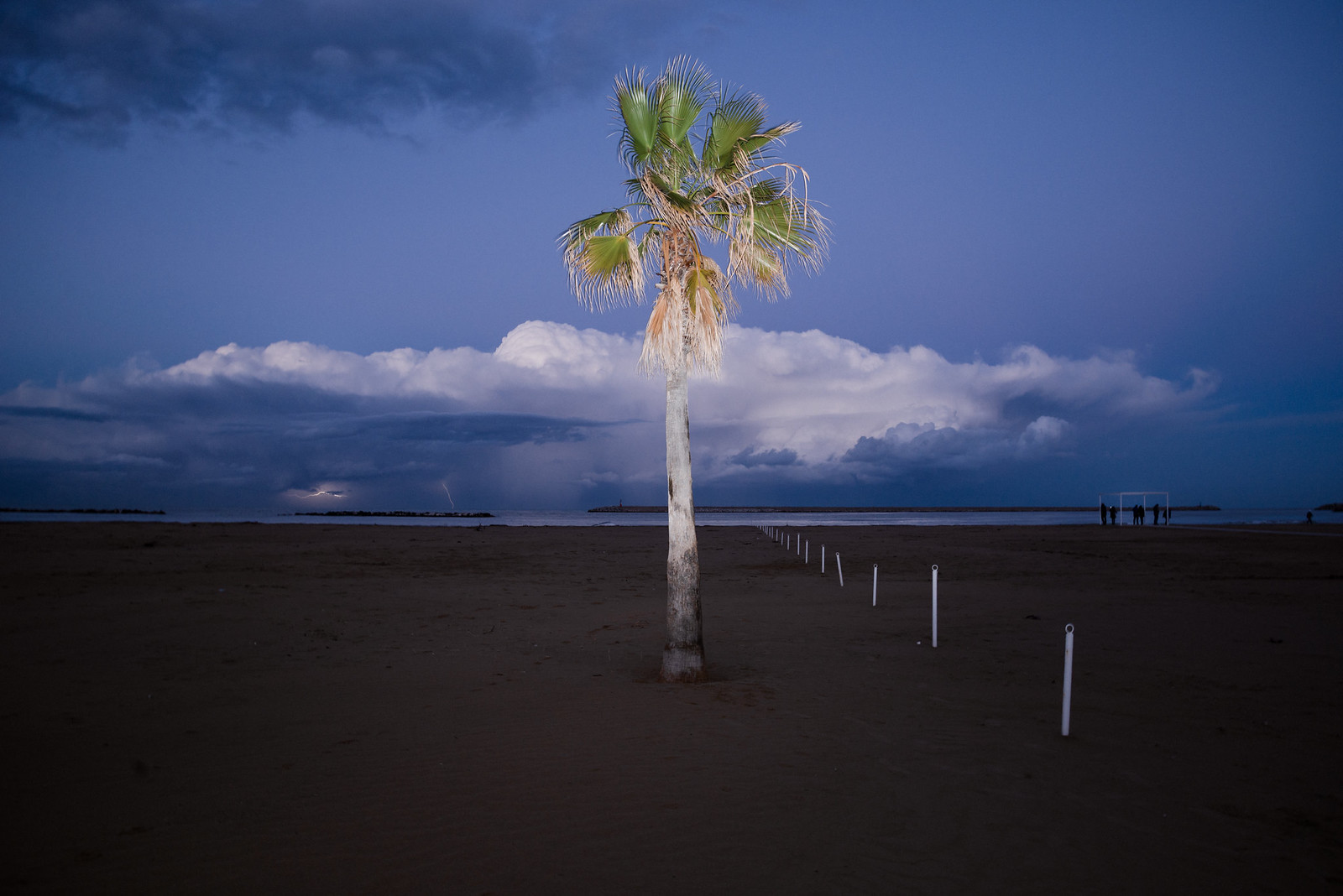


Untitled: photo by Yuro De Iuliis, 16 December 2017
